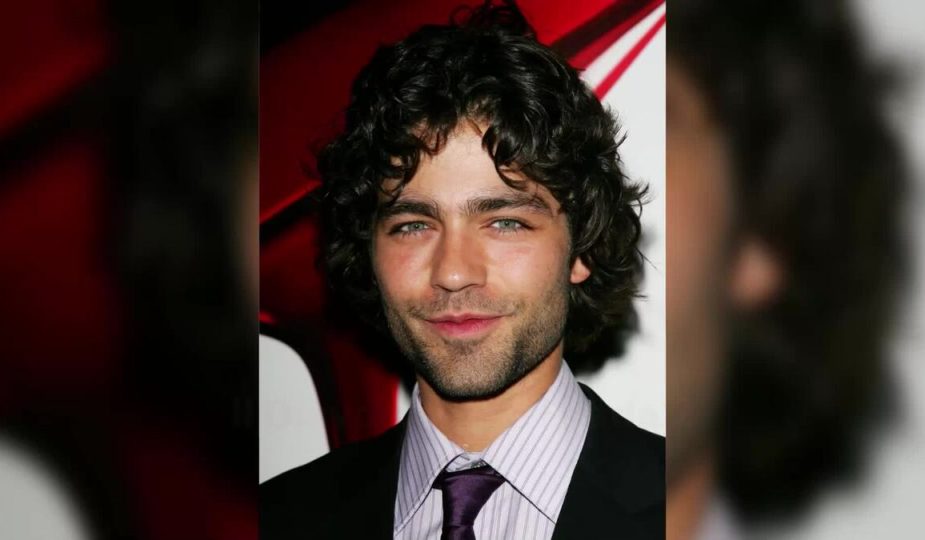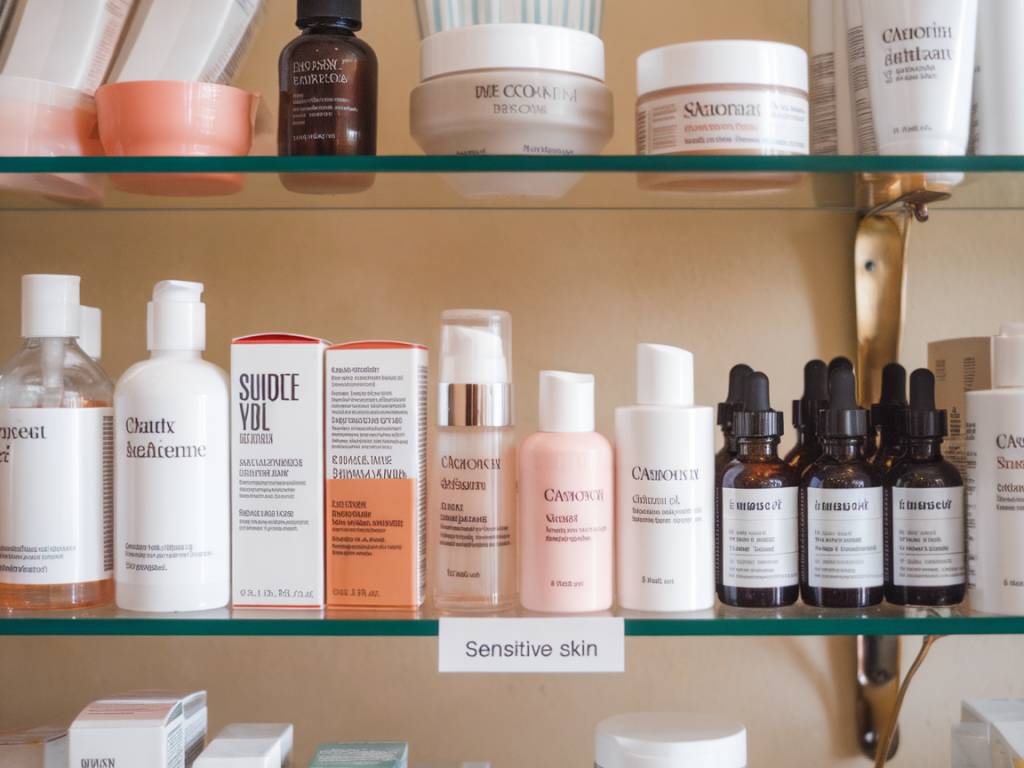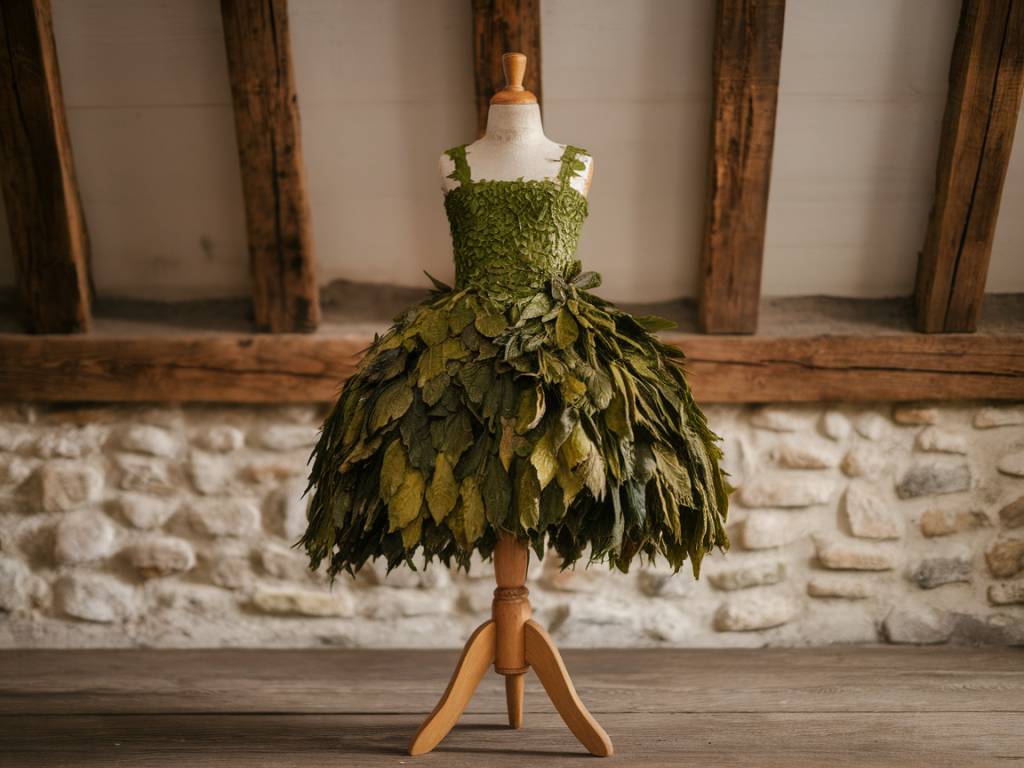A Refreshing New Chapter for Andy Sachs
When Disney announced “The Devil Wears Prada 2” for May 2026, fans buzzed with excitement over Meryl Streep’s return as Miranda Priestly and Anne Hathaway’s reprise of Andy Sachs. Yet amidst the rejoicing, one absence stands out: Nate Cooper, Andy’s erstwhile chef-boyfriend. Far from leaving a void, his departure signals a liberating shift in storytelling—one that empowers Andy and resonates with modern audiences.
From Supportive Partner to Stumbling Block
In the original 2006 classic, Nate (Adrian Grenier) was initially the ideal boyfriend: caring, grounded, and seemingly detached from the fashion world’s glitz. However, as Andy’s career in high-stakes fashion journalism accelerated, Nate’s discomfort grew. His dismissive quips—“I just don’t get it, Andy”—and impatience during her hectic moments painted a portrait of a partner unable to embrace her success.
- Lack of Emotional Support: Nate’s character arc exposed how even well-meaning partners can become unsupportive when roles and ambitions shift.
- Fragile Masculinity: His insecurity highlighted outdated notions that a woman’s rise must coincide with a man’s decline—a theme ripe for reevaluation in 2025.
Why Modern Audiences Will Cheer His Exit
As society celebrates female empowerment and career ambition, Nate’s absence from the sequel reflects cultural evolution. Today’s viewers crave narratives where love interests don’t diminish the heroine’s journey. By sidelining Nate, the film sends a clear message:
- Your Ambition Matters: Women no longer need to choose between personal growth and romantic stability.
- Relationships Evolve: It’s okay for partners to part ways if they cannot grow together.
- Female-Centric Storytelling: A sequel unburdened by outdated tropes allows Andy’s transformation to take centre stage.
Adrian Grenier’s Own Reflections
Grenier himself has distanced from Nate’s reluctance to celebrate Andy’s success. In interviews, he acknowledged Nate’s “patriarchal and immature” traits, admitting that he, too, once missed the nuances of that outdated mindset. His candid reassessment underscores the importance of evolving male roles in cinema and real life.
Other Iconic “Toxic Boyfriends” in Cinema
Nate is not alone. Films throughout the years have scrutinised partners who falter in the face of their significant other’s achievements:
- Erin Brockovich: Julia Roberts’ character faced an ex imposing, “Choose me or your job!”
- La La Land: Sebastian’s (Ryan Gosling) jealousy undermines Mia’s (Emma Stone) acting success.
- Legally Blonde: Warner Huntington III dumps Elle Woods because she isn’t “serious” enough—until he regrets it.
These narratives consistently reveal one truth: relationships falter when one partner’s rise triggers insecurity rather than pride.
The Power of a Boyfriend’s Absence
Eliminating Nate from “The Devil Wears Prada 2” isn’t just a casting decision; it’s a cultural statement. Andy’s journey—from bewildered graduate to confident editor—is undiluted by distracting romantic subplots. Instead, viewers witness her resilience, her mentorship under Miranda, and her leadership in a male-dominated field. Her story becomes a testament to independence, collaboration and self-discovery.
What This Means for Female Viewers
For women around the globe, Andy’s evolution offers valuable lessons:
- Self-Worth Over Approval: Success should be measured by personal fulfilment, not by a partner’s comfort level.
- Healthy Boundaries: True partnerships support mutual growth, not restrictive nostalgia for “how things used to be.”
- Leading Roles Matter: Female protagonists can—and should—carry sequels without equitable romantic arcs.
As “The Devil Wears Prada 2” approaches, the absence of Andy’s former beau resonates as a breath of fresh air. It champions a modern narrative where women’s ambitions take front and centre—without compromising on style, wit or heart.










